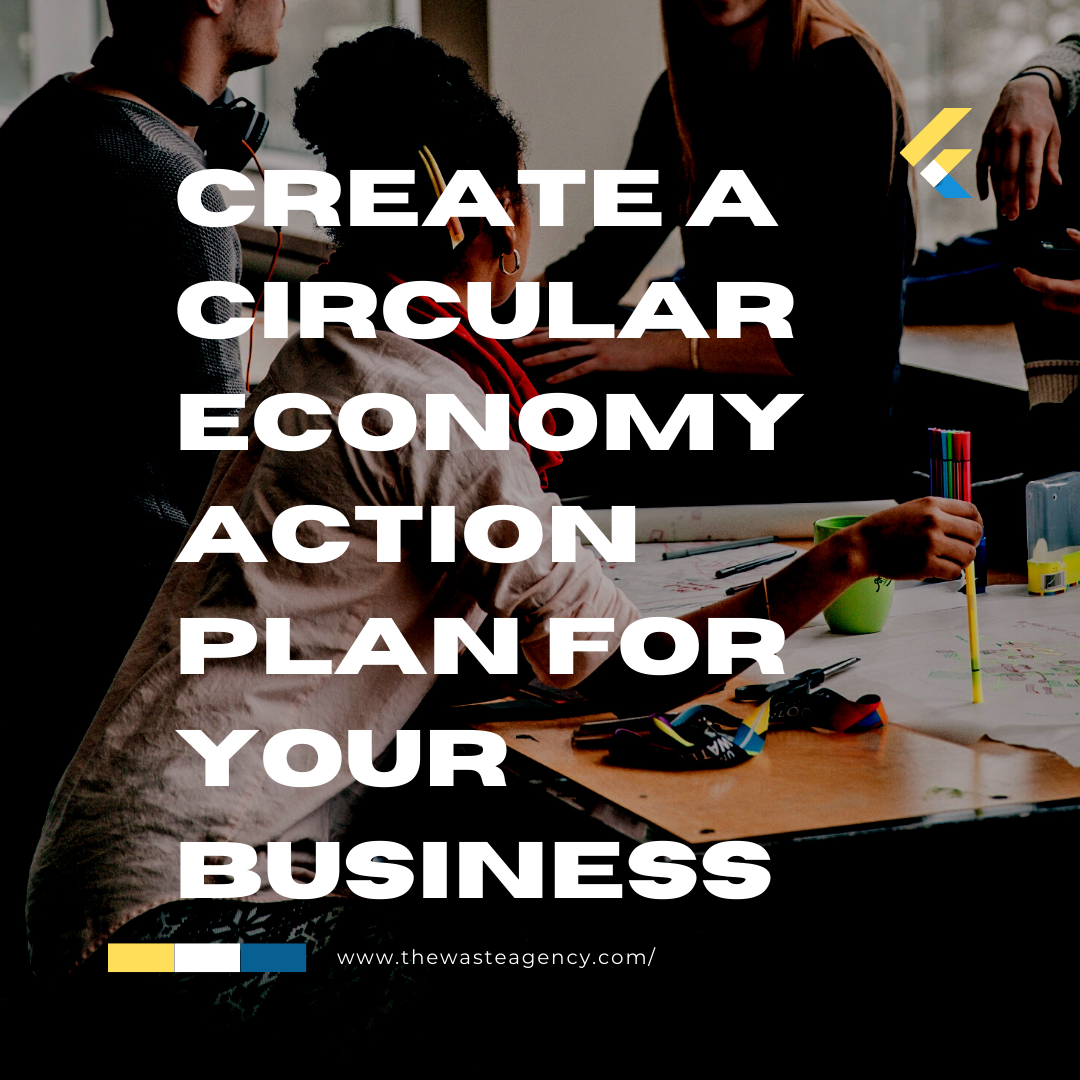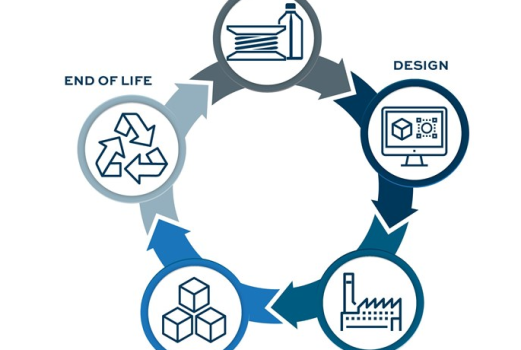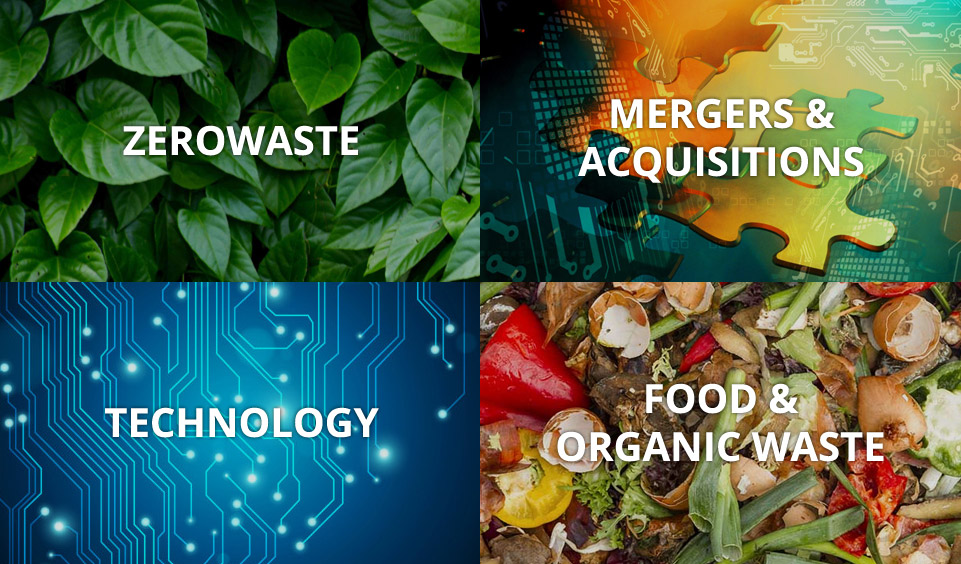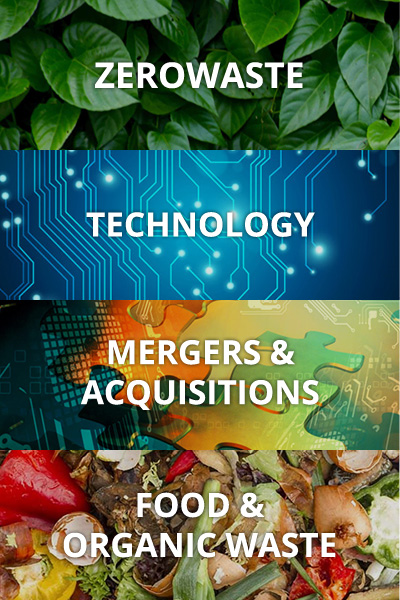
A circular economy is a term used to describe an economy where waste and pollution are designed out, and materials and resources are kept in use for as long as possible. It is restorative and regenerative by design and aims to keep products and materials at their highest utility and value at all times.
There are many benefits to operating in a circular economy, including reducing costs, improving resource efficiency, and reducing environmental impacts. However, to transition to a circular economy, businesses need to develop an action plan.
Circular Economy Principles
Circular economy principles can be applied to any business or organization, large or small. There are a few key principles to keep in mind when transitioning to this type of economy:
1. Design out waste and pollution: to design products and processes that minimize waste and pollution.
2. Keep products and materials in use: keep products and materials in use for as long as possible.
3. Regenerate natural systems: regenerate natural systems by using renewable energy, closed-loop systems, and other regenerative practices.
4. Sharing is caring: sharing resources, knowledge, and skills to transition to a circular economy.
Tips on how to create a circular economy action plan for your business:
To build a circular economy action plan, businesses should start by understanding their current state and setting goals. Here’s how to do it step by step.
1. Define what a circular economy means for your business
The first step is to define what a circular economy means for your business. What are your goals and objectives? What are the benefits you hope to achieve? Once you have a clear understanding of what you want to accomplish, you can start to develop your action plan. For many businesses, the goal is to reduce waste and improve resource efficiency.
Once you clearly define your goals, the next step is to run a thorough analysis of your waste management practices.
2. Conduct a waste audit
A key part of creating a circular economy action plan is conducting a waste audit that helps you understand where your business currently generates waste and where there are opportunities to reduce or eliminate it.
There are many ways to conduct a waste audit, but the most important thing is to involve as many employees as possible. And, that ensures that everyone is on board with the change and that they understand the importance of reducing waste.
You can tools such as the Environmental Protection Agency’s Waste Reduction Model (WARM) to help guide your waste audit.
3. Develop strategies to reduce or eliminate waste
After conducting a waste audit, you should have a good understanding of where your business generates waste and where there are opportunities to reduce or eliminate it.
There are many ways to reduce or eliminate waste, but some common strategies include:
- Implementing a waste reduction policy
- Encouraging employees to reduce, reuse, and recycle
- Purchasing products made from recycled materials
- Working with suppliers to reduce packaging
- Donating unwanted items instead of throwing them away
- Composting food waste
- And so on…
4. Create Systematic Changes
You also need to make systematic changes to the way your business operates to transition to a circular economy. This might include changes to your manufacturing process, product design, packaging, distribution, and so on.
In other words, make changes to the way your business operates so that waste reduction becomes a part of your everyday operations.
Some ways to create systematic changes include:
- Incorporating waste reduction into your business plan
- Establishing goals and targets for waste reduction
- Creating policies and procedures for waste reduction
- Training employees on waste reduction practices
- Implementing a reporting system to track progress
5. Track your progress and revise your plan as needed
As you implement your circular economy action plan, it’s important to track your progress and revise your plan as needed.
Things will inevitably change as you transition to a circular economy, so it’s important to be flexible and adjust your plan as necessary. You can do that by tracking your progress by conducting regular waste audits, measuring resource usage, and setting goals.
A few things to keep in mind:
There is no one-size-fits-all solution for transitioning to a circular economy. And every business is different, so your action plan will be unique to your business.
By following these tips, you can create a circular economy action plan for your business that will help you achieve your waste reduction goals.



